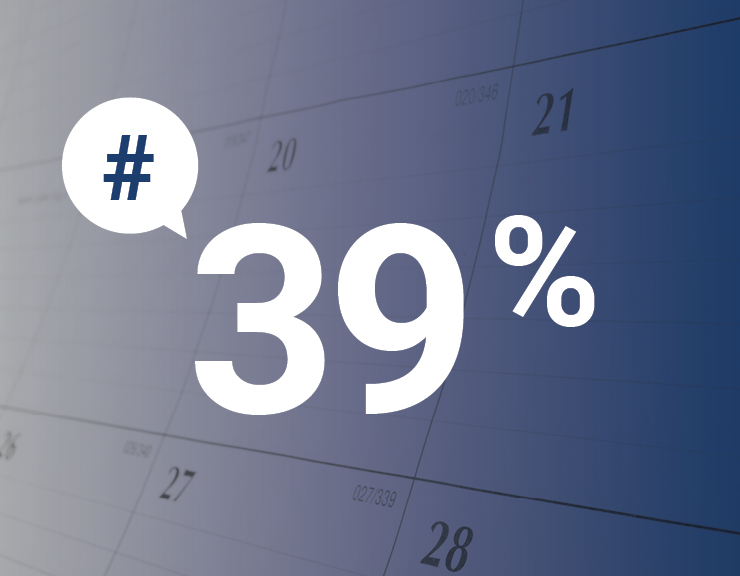Like most people, you probably think of your investment portfolio as a key to making your plans come true: buying a new property, starting a business, taking a year off, going on a long trip, financing your retirement.
Except that not everyone has the same plans. As the diagram below suggests, different situations can lead to very different strategies.
This is where your financial security advisor or mutual fund representative comes into the picture because this person’s job is to make sure that your portfolio reflects your unique situation. Before your advisor makes any recommendations, there are many elements that are considered; here are a few.
Your Investment Objectives
our investment objectives are the plans you have in mind expressed in dollars. For example, your plan to buy a new home might translate into an objective of building up $50,000 of capital. Your plan to retire may require a nest egg of $1.5 million. And so on. Defining your objectives is the basis for any personalization of your portfolio.
Your Investment Horizon
Your investment horizon is the number of years between now and the time you want to have achieved your objectives. Some investment objectives – retirement, for example – have a long horizon while others are much shorter. Different horizons require different approaches.
Your Risk Tolerance
Your risk tolerance is the degree of volatility you are comfortable with in your investments. This tolerance is usually measured using a questionnaire that matches your personality and current financial situation with the volatility of various asset classes.
Your Risk Capacity
While your risk tolerance measures your subjective “emotional” comfort with volatility, your risk capacity is an objective measure of your ability to live with the volatility without it affecting your cashflow. For example, an employee with a defined benefit pension plan, and thus a chunk of retirement income that is theoretically guaranteed, might have a different risk capacity than an investor who is depending solely on market-sensitive investments.
Your Risk Required
On the basis of historic performance data, your advisor must also try to establish the level of risk that you would generally have to accept in order to reach your objectives. An essential part of this work is to help you find the right balance between the usual risk you would require, the risk level you are prepared to accept and the risk level you may be able to afford. In some cases, your advisor will help you revise your objectives or investment horizon to achieve the right balance.
Your Asset Allocation
Next, your advisor determines the optimal distribution of your assets among the major asset classes, starting with cash, fixed-income securities and equities. This is known as asset allocation. Each asset allocation has its particular risk levels and potential returns.
Diversification
Your advisor can then determine which investments to include in each asset class, seeking to obtain an optimal weighting based on a variety of factors. This process gives your portfolio the desired level of diversification.
Regular Rebalancing
Finally, it is important to monitor your portfolio’s progress. For example, a strong performance in the stock market might push the equities component over your initial allocation limit, which could expose you to too much risk for your profile. Rebalancing is a way of periodically bringing your portfolio back to its target allocation, while also taking a look at any changes in your situation.
Studies have shown that households that seek financial advice have better saving and wealth accumulation habits. So, the best way to build a portfolio that truly reflects your personal situation might be to first get some professional advice.
The following sources were used to prepare this article:
Investopedia, “Investment objective,” “Time horizon,” “Risk tolerance,” “Asset allocation,” “What is investment diversification,” “Rebalancing.”
FinaMetrica, “Risk tolerance and risk profiling.”




